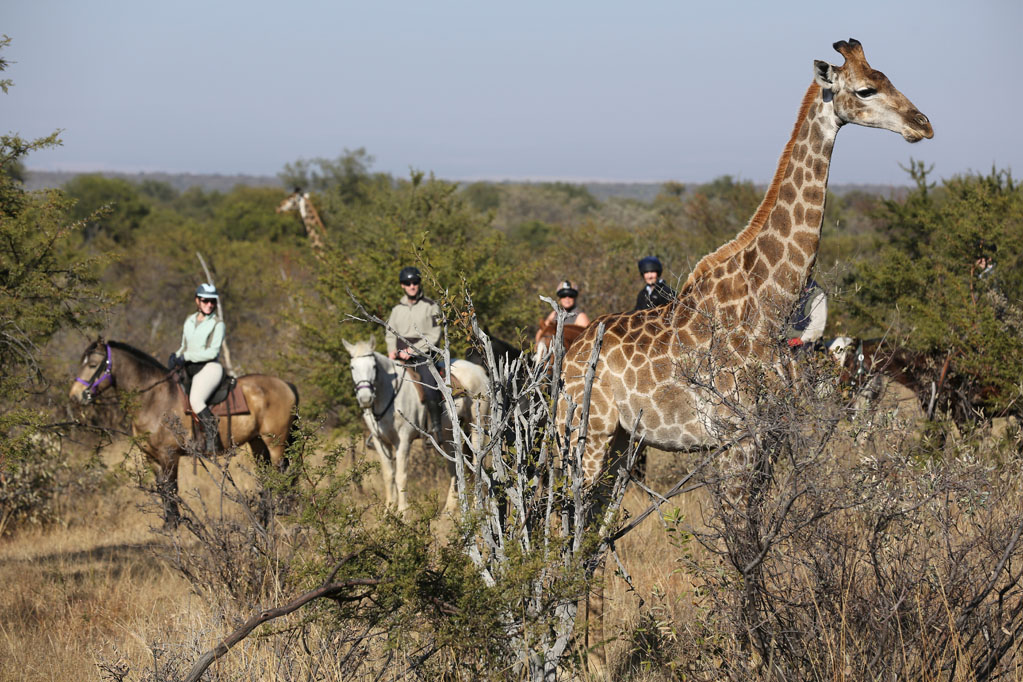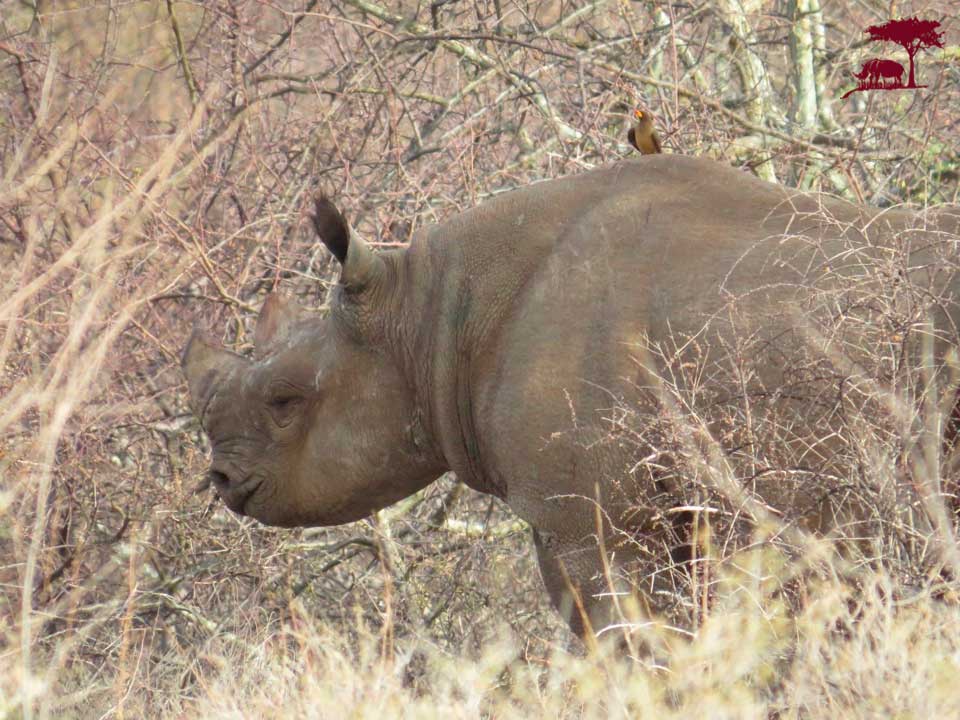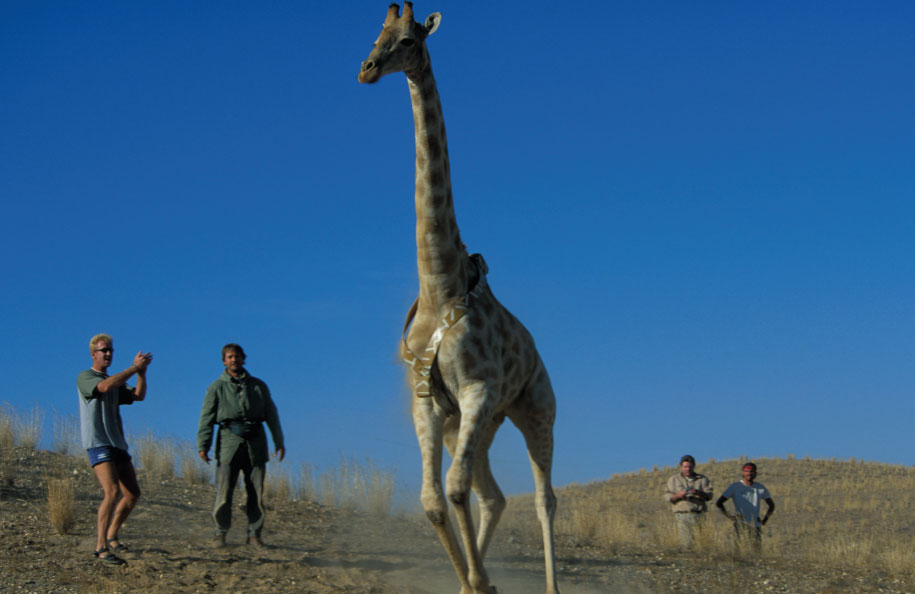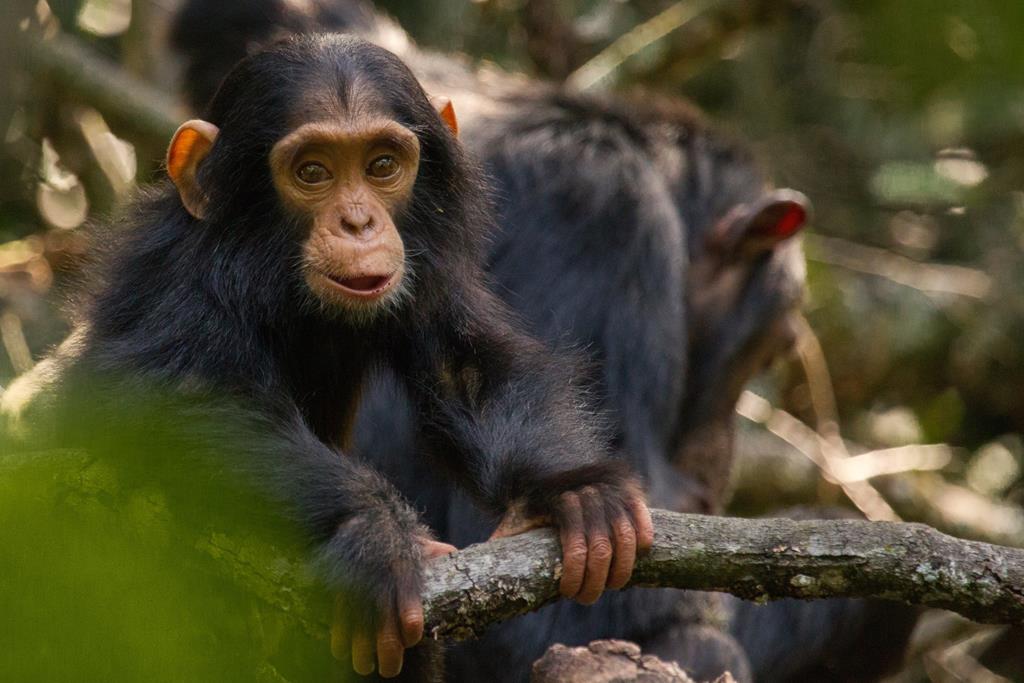HANDS-ON (BUT DON’T TOUCH): VOLUNTEER TRAVEL THAT ACTUALLY DOES GOOD
More and more travellers arrive in Africa hoping to volunteer their services in the interests of conservation. The truth is that there are very few wildlife operators that actually take people on as bonafide volunteers: often, you’ll have to pay for the privilege. But it could be money well spent, if you’re careful in your choice.
Because unfortunately, a large number of operators engage in practices that are actually detrimental to wildlife. Many lion breeders, for example, give tourists and “volunteers” the opportunity to handle young lion cubs – their sales pitch being that they are breeding lions in order to save the species and return them to the wild. It’s good marketing, but terrible conservation. Most of those lions are actually bred for hunting; for the harvest of bones to supplement Asian medicine; and even for zoos, circuses and theme parks.
If you want to volunteer your services towards more worthy outcomes, a good rule of thumb is to look for operators doing research in the field, counting animals as part of a census, or relocating wildlife to more sustainable regions. That way you can be fairly sure that a good deal of your money will be used for the benefit of the species involved; plus, you’ll have an incredible experience out in the wild, even if you never touch a wild animal.

Horsing Around
Counting animals might sound like a rather pedestrian endeavour, but The Ant Collection in South Africa does it by horseback. For one week a year, guests who are comfortable in the saddle can take part in a game census safari. The goal is to get an accurate idea of the the numbers of ‘browsers’ (leaf eaters like giraffes) and ‘grazers’ and their location. This is vital information for managing the reserve and keeping the environment in balance. Darting and relocating animals is also part of the project. The advantage of using horses is that they’re less noisy and expensive than trucks or helicopters and thus cause the animals much less stress – and because they’re more comfortable around horses, they don’t dash off and make it difficult to count!
Rhino Tracking
In Northern Kenya black rhinos were once abundant, until poaching eliminated them entirely. Now, for the first time in 30 years, they have been able to return. The 350,000-hectare, community-owned Sera Conservancy is the perfect rhino habitat; it also happens to be the location of a new rhino sanctuary, where black rhino have been re-introduced. The good news is that since the relocation of 10 black rhinos in 2015, there have been two births and another three pregnancies ongoing.
What’s more: at their new camp, Saruni Rhino, this renowned safari operator is offering the first on-foot black rhino-tracking experience in East Africa. “The money that tourists bring makes the land owned by Samburu people valuable and productive, and the landowners see the financial benefits of owning and protecting what used to be considered marginal, arid, isolated, out-of-tourist track land”, explains Saruni CEO, Riccardo Orizio.
Using radio transmitters and led by two experienced guides, tracking involves staying downwind of the rhinos since, despite poor eyesight, they have an acute sense of smell. “They are well camouflaged and remarkably hard to spot, even as you approach them”, says Financial Times travel writer, Martin Fletcher. “But then you catch sight of the great, horned, prehistoric beast and it’s thrilling. You can see rhinos on countless other reserves in Africa, but not like this – not on foot; not rhinos as genuinely wild as these; and not on their very own territory.”

Rhino Notching
In South Africa’s Pilansberg National Park, Guests of nearby Sun City resort can help vets and park management officials to notch, implant ID tags, and even collect DNA from selected rhino to help identify and conserve the species. These procedures assist park management to monitor and manage their rhino population.
What’s particularly exciting about this experience is the opportunity to get close to the rhino. Once it’s darted and adequately sedated, ground crew and guests move in on foot to carry out the necessary procedures; guest can actively take part by assisting the vet and park crew during the operation. Imagine pressing your ear against its thick, rough skin to hear its heart beat, and feeling its breath on your skin…
“Notching the animals – giving them an individually based identification system – is core to the gathering of vital data. All data captured during the field expedition – Rhino Notching Experience – is recorded alongside any future observations by rhino monitoring officers, creating a biological database”, says Perry Dell, Pilanesberg Wildlife Trust Marketing and PR Manager.
The rhino notching experience is available as a pre-tour before We Are Africa; contact nyarai@beyondluxury.com to find out more.

Giraffe Collaring
Another species you might be surprised to learn is dwindling is the giraffe, whose numbers have sadly fallen from about 140,000 in the 90s to less than 80,000 today. Dubbed a ‘silent extinction’ by conservationists, the main threats to the species are habitat loss, disease and, lately, poaching.
Ultimate Safaris offers guest the opportunity to help this majestic species. Dr Julian Fennessey of the Giraffe Conservation Foundation (GCF) in Namibia orchestrates a giraffe focused safari where guests can not only learn about giraffe ecology and the misconceptions regarding these highly threatened animals, but can also take part in giraffe collaring operations necessary for research and monitoring. Giraffe are immobilized and fitted with radio collars during the operations and guests forming an integral part of the ground team.
Ultimate Safaris are shortlisted for the Experience Africa Innovation Award – read more about it here.

Going Ape
Started 20 years ago by Indiana University’s Professor Kevin Hunt, the Semiliki Chimpanzee Project’s mission is to ensure the survival of the chimpanzees in Toro-Semiliki Wildlife Reserve. In the shadow of Uganda’s Mountains of the Moon, guests of Uganda Safari Company can go out with chimpanzee researchers to assist in collecting data, tracking and habituating chimpanzees. The latter is aimed at getting chimps used to the presence of humans with extended observation, so that they become more visible to tourists – thus ensuring the survival of chimps by way of tourism income.
These experiences would all be once-in-a-lifetime for most people, but sadly they are few and far between. Currently a high proportion of the safari industry is built on cut-and-paste itineraries that leave little chance for travellers to step out of their comfort zones and get a true sense of what it takes to preserve wildlife; but as they become more curious and adventurous, the potential exists for more safari operators to immerse tourists in these types of conservation experiences – and thereby inspire them to become ambassadors for conservation.











